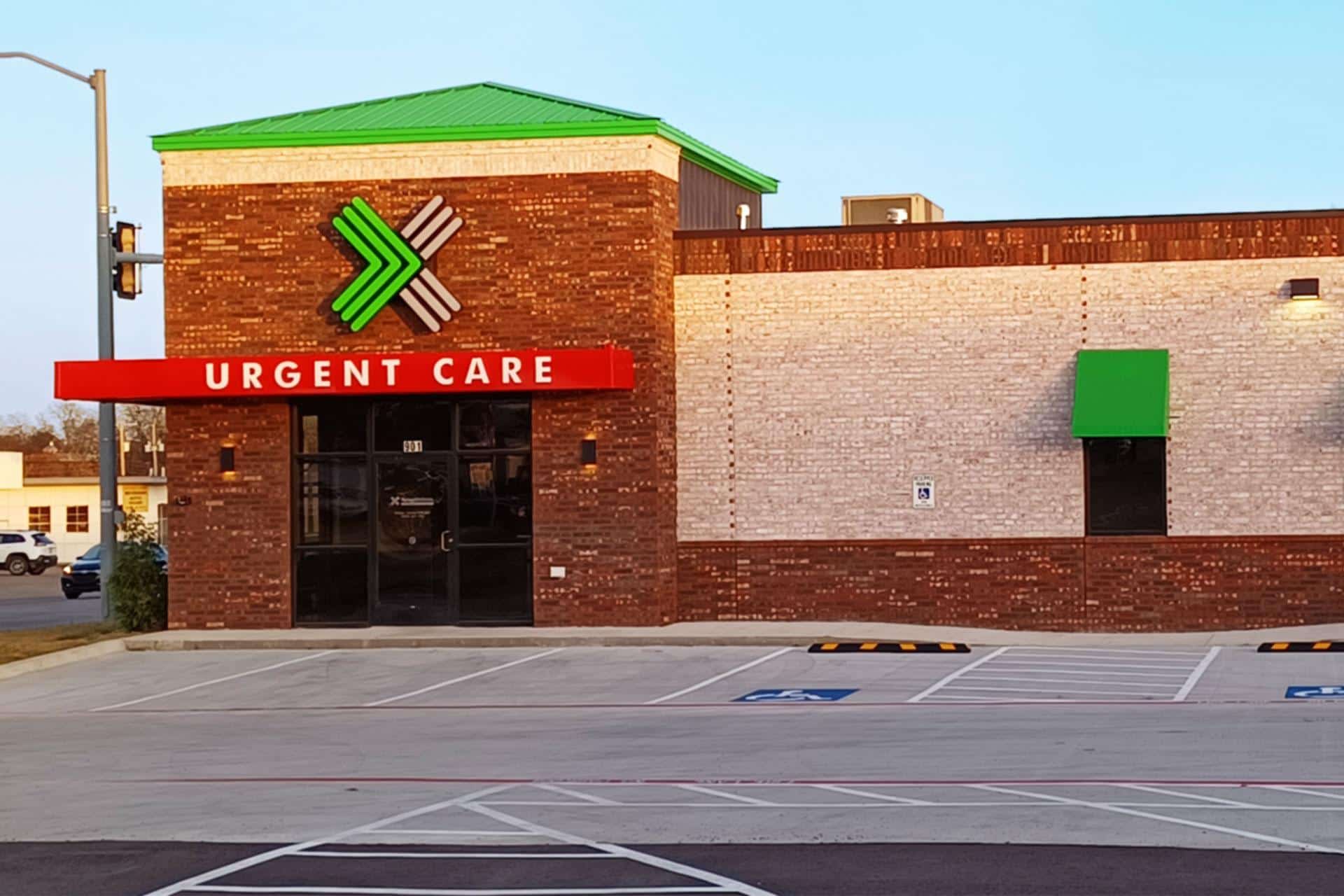Contrasting Urgent Care Clinics: What Sets Our Clinic Apart
Contrasting Urgent Care Clinics: What Sets Our Clinic Apart
Blog Article
Understanding the Function of Urgent Treatment in Providing Timely Therapy for Non-Life-Threatening Problems
Urgent care facilities have actually arised as a crucial component of the healthcare landscape, dealing with the immediate demands of clients with non-life-threatening conditions. Comprehending the nuances of immediate care could considerably affect individual end results and the total performance of healthcare distribution.
What Is Urgent Care?
Urgent treatment refers to a category of medical services made to resolve non-life-threatening conditions that need immediate attention. These facilities work as an intermediary between primary treatment medical professionals and emergency clinic, supplying a hassle-free option for people that require punctual care without the extensive waiting times commonly related to emergency situation departments.
Urgent care facilities are typically staffed by doctor, including medical professionals, registered nurse specialists, and doctor assistants, that are trained to diagnose and deal with a large array of conditions. Typical solutions supplied by these centers include treatment for small injuries, illnesses, and infections, in addition to diagnostic tests such as X-rays and laboratory work.
Furthermore, immediate treatment facilities usually approve walk-in clients, getting rid of the demand for consultations. Overall, immediate care plays a crucial function in the health care system, making certain individuals can access necessary medical services promptly and efficiently.

Numerous people might locate themselves uncertain about when to look for care at an immediate care center rather of a health care physician or an emergency room. Immediate treatment is created to deal with non-life-threatening problems that require timely interest however are not extreme sufficient to require an emergency clinic visit.
Generally, one need to think about immediate look after problems such as small fractures, strains, cuts needing stitches, or infections like urinary system infections. Additionally, chilly or influenza signs, breakouts, and allergies can likewise be properly handled in this setup.
It is very important to keep in mind that immediate treatment is not ideal for lethal emergency situations, such as breast discomfort, difficulty breathing, or severe blood loss, which necessitate immediate emergency room treatment.
Individuals who do not have accessibility to a medical care medical professional or can not secure a prompt consultation might likewise gain from immediate care solutions. Ultimately, recognizing when to use immediate treatment can lead to more efficient healthcare delivery, enabling patients to obtain the suitable level of treatment based on their certain health and wellness demands.
Advantages of Urgent Treatment Centers
Choosing urgent treatment facilities for non-life-threatening problems supplies numerous benefits that improve person experience and availability. One key advantage is the reduced delay times contrasted to typical emergency clinic. Urgent care centers typically operate on a first-come, first-served basis, enabling individuals to obtain prompt medical interest without the lengthy delays commonly related to hospital setups.
Furthermore, urgent care facilities provide extended hours, including nights and weekend breaks, accommodating people with differing schedules. This flexibility ensures that people can look for treatment when it is most convenient for them, even more promoting timely treatment.

Moreover, these centers frequently offer an extensive variety of services, consisting of diagnostic examinations and minor procedures, Recommended Site all under one roofing. This combination of solutions not just simplifies the client experience but also promotes a much more natural method to handling non-life-threatening wellness issues, eventually benefiting general person results.
Typical Conditions Treated
At urgent treatment facilities, a selection of non-life-threatening problems can be efficiently treated, supplying individuals with timely and easily accessible clinical assistance. These facilities are particularly experienced at dealing with problems that require punctual interest yet do not posture a prompt danger to life or arm or leg.
Typical conditions treated at urgent care facilities include minor injuries such as cracks, stress, and strains. Additionally, they manage diseases like colds, influenza, and infections, consisting of urinary tract infections and sinus problems. Skin problem, varying from breakouts to insect bites, are also regularly addressed. Urgent care centers are furnished to carry out required analysis tests, such as X-rays and lab examinations, allowing them to give thorough treatment.
Furthermore, urgent treatment carriers can provide vaccinations, aiding to avoid the spread of infectious illness - Urgent Care. They additionally use services for small treatments, such as suturing injuries or draining abscesses. By offering these diverse services, immediate treatment facilities play a crucial duty in connecting the space in between key care and emergency services, guaranteeing clients get timely treatment for a wide variety of conditions without the need for long haul times commonly related to emergency areas
Just How Urgent Care Sustains Medical Care System
Immediate care facilities play a critical function in sustaining the total healthcare system by minimizing the burden on emergency divisions and supplying prompt accessibility to clinical treatment for non-life-threatening problems. By dealing with instances such as minor injuries, infections, and diseases, immediate treatment facilities permit emergency situation departments click now to concentrate on even more crucial clients requiring immediate focus.
Additionally, immediate treatment facilities boost medical care accessibility, using prolonged hours and an easier option to standard primary treatment setups. This ease of access is particularly helpful for people who may not have a routine doctor or that need prompt therapy outside of normal workplace hours. Consequently, immediate care centers effectively decrease improve and wait times person complete satisfaction.
Furthermore, urgent care centers add to cost savings for both clients and the medical care system by giving lower-cost services compared to emergency situation website here departments. This economic effectiveness is important in an era of rising healthcare costs, permitting people to get required care without sustaining inflated costs.
Verdict
In verdict, immediate care facilities play an important function in the medical care system by supplying punctual treatment for non-life-threatening conditions. By connecting the space between main treatment and emergency clinic, these centers guarantee that individuals obtain timely clinical interest without the prolonged wait times normally linked with emergency divisions. The availability and performance of urgent treatment centers add significantly to reducing the total concern on medical care resources, boosting client end results, and advertising a much more efficient healthcare delivery system.
Urgent treatment centers have actually emerged as an essential component of the medical care landscape, resolving the prompt requirements of individuals with non-life-threatening conditions. Immediate treatment brows through usually sustain lower out-of-pocket expenses compared to emergency situation department brows through, making treatment more cost effective for individuals without compromising top quality. Immediate treatment centers are furnished to carry out essential diagnostic examinations, such as X-rays and laboratory tests, enabling them to provide detailed care.
By using these diverse solutions, urgent care facilities play a crucial role in connecting the gap in between key care and emergency services, guaranteeing patients receive prompt treatment for a broad range of conditions without the need for lengthy wait times generally associated with emergency spaces.
Furthermore, urgent care facilities enhance health care accessibility, supplying extended hours and a more hassle-free option to traditional primary care settings.
Report this page